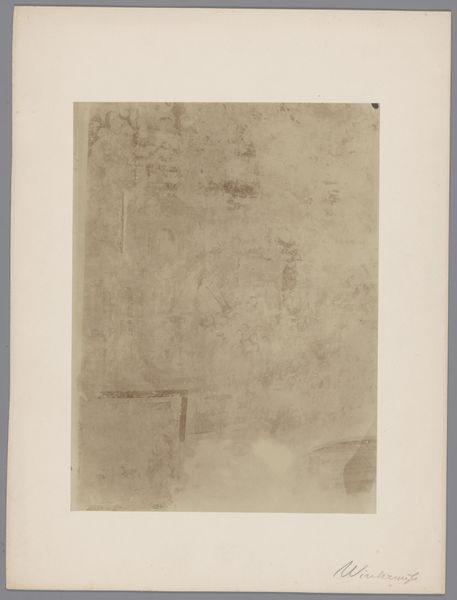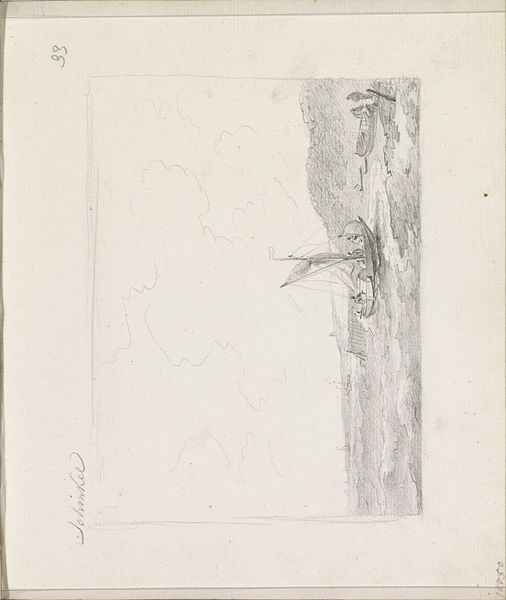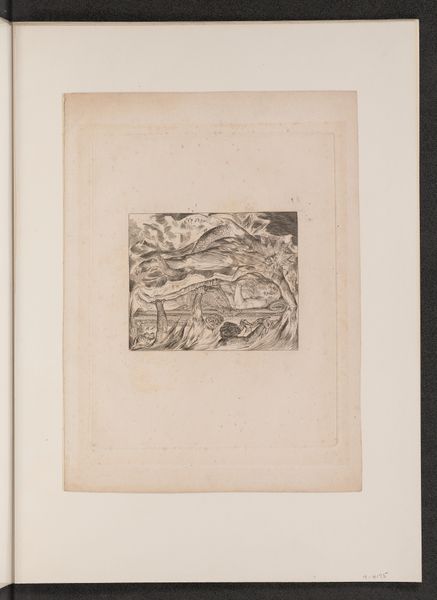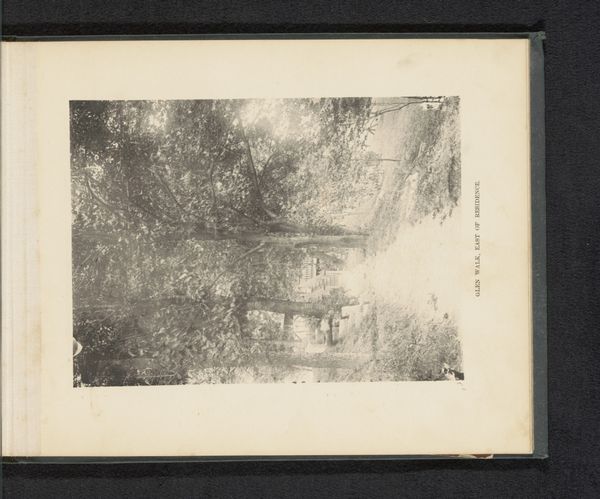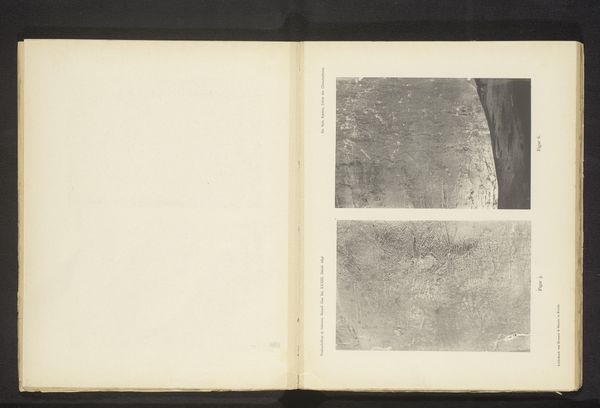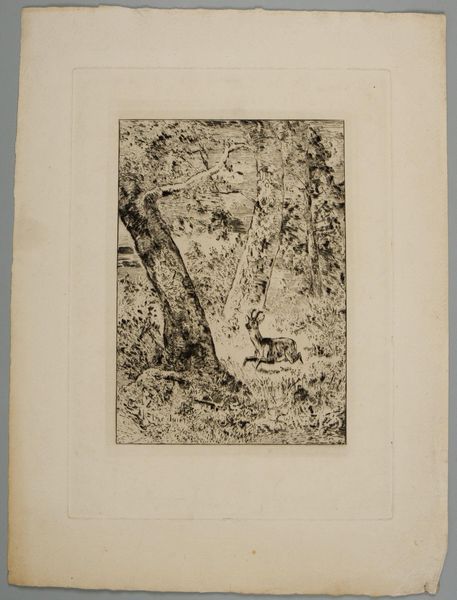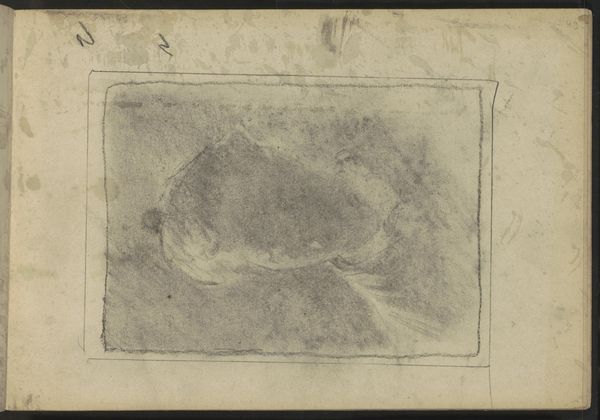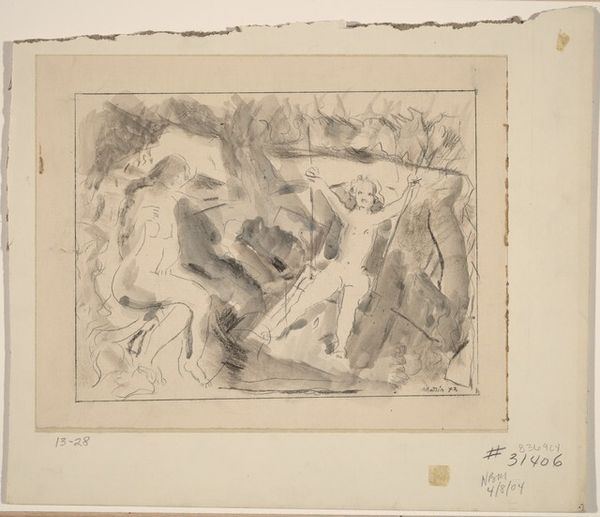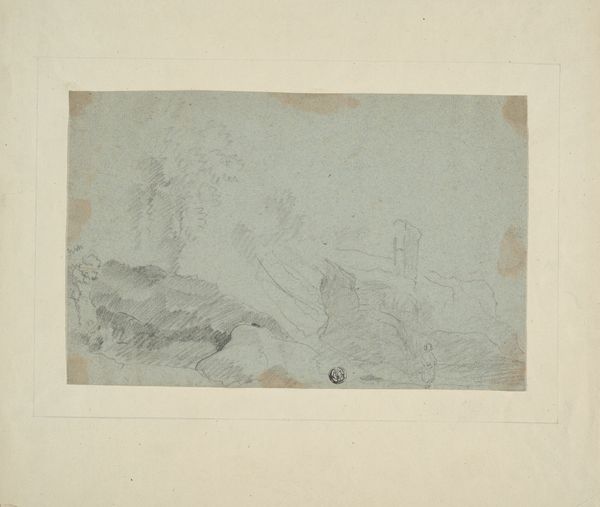
drawing, pencil
#
portrait
#
drawing
#
pencil
#
genre-painting
#
watercolor
Dimensions: height 338 mm, width 297 mm
Copyright: Rijks Museum: Open Domain
Curator: Albert Roelofs gives us "Vrouw die op een stoel naast een wieg zit"—or, "Woman sitting on a chair beside a crib"—completed sometime between 1887 and 1920. It’s a pencil drawing. What strikes you first? Editor: That fragility! It feels unfinished, almost ephemeral. All those soft, almost hesitant lines create a sense of quiet weariness, wouldn't you agree? Like a captured moment of exhausted vigilance. Curator: Exactly. You feel the texture of the paper. This wasn't conceived for high sale but is, in fact, a study; look at the preparatory jottings up top! A piece of work supporting other pieces of work, it seems. Consider, though, that even these delicate strokes required labour, resources; pencil manufacture, paper production… There's a whole silent economy here. Editor: Oh, absolutely. The entire narrative leans on this understated nature, this vulnerability of pencil on paper. What do we see? A mother, watching over her child, perhaps caught between duty and exhaustion. It resonates, deeply, you know? It brings to mind, the tenderness, and quite frankly, the agony of motherhood. Curator: Note too, the domestic context is quite bare. Simple lines form walls, crib; nothing grand, nothing idealized. Instead, a focus on raw emotion, labor... domestic toil depicted quite plainly. Roelofs brings to the surface an idea that art production serves many class narratives at once. Editor: It certainly offers an intimate peek into a universal theme, which elevates the subject far beyond that of a ‘genre’ painting, doesn't it? Despite the modest medium. It shows art where perhaps we don't initially think to find it: family! And it's real. It's unfiltered. Curator: Agreed. Seeing these raw depictions can remind us how even small artistic endeavors carry entire social histories—woven into their very fibers, so to speak! Editor: Exactly. Each scratch of that pencil embodies time, labour, life. You feel it, don't you?
Comments
No comments
Be the first to comment and join the conversation on the ultimate creative platform.
